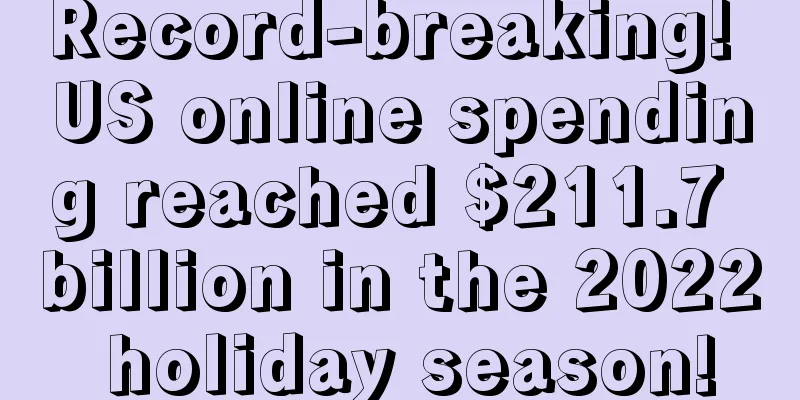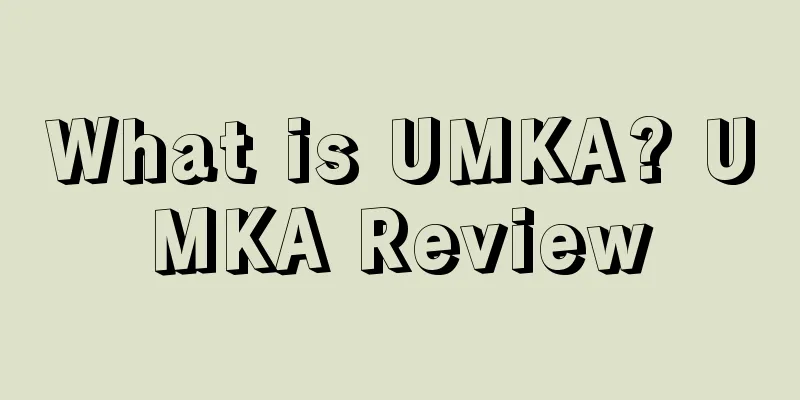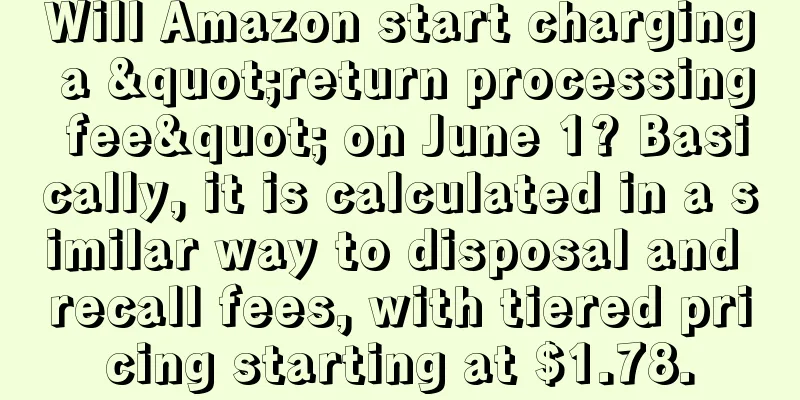Record-breaking! US online spending reached $211.7 billion in the 2022 holiday season!

|
According to the latest report released by Adobe Analytics, US consumers spent $211.7 billion online during the 2022 holiday season (November 1 to December 31), a year-on-year increase of 3.5%, setting a record high. Among them, online consumption during Cyber Week (from Thanksgiving to Cyber Monday) reached $35.3 billion, a year-on-year increase of 4%. Adobe said online shopping spending was driven by growing demand, not just rising prices, as online item prices have been falling month after month since September 2022. Toys were the main driver of online sales growth during the 2022 holiday season. Online sales in the toy category increased 206% between November 1 and December 31, compared to pre-October 2022 levels. Other categories with high growth included video games (115%) and apparel and accessories (94%). In addition, subcategories with strong sales growth between November 1 and December 31 included watches (108%), baby toys (101%), gift cards (98%), cosmetics (90%), outdoor grills (86%), speakers (76%) and smart home products (67%). Adobe also reported that retailers offered a lot of discounts to attract countless holiday shoppers. In terms of discounts, toys saw a 34% drop in list prices, up from 19% in the 2021 holiday season; electronics saw discounts of 25%, compared to 8% last holiday season. Computers (20%, 10%), clothing (19%, 13%), TVs (17%, 11%), appliances (16%, 4%), sporting goods (10%, 6%) and furniture (8%, 2%) were also heavily discounted. The study found that there were 38 days of online consumer spending over $3 billion during the 2022 holiday season, the same as the previous year. In contrast, there were only 25 days of spending over $3 billion during the 2020 holiday season. Nearly half (47%) of online sales were made via smartphone (up from 43% in 2021). Christmas Day (December 25) set a new record at 61% (up from 58%), providing a significant boost to online sales. Buy now, pay later (BNPL) order volumes rose 4% and transaction value fell 2% during the 2022 holiday season compared to 2021. U.S. shoppers are increasingly using BNPL for smaller orders. One in five (21%) holiday orders were fulfilled via curbside pickup (from retailers that offer curbside), down slightly from 23% in 2021. Curbside pickup peaked at 42% of total orders from December 22 to December 23 (just before Christmas Eve). Among holiday marketing channels, paid search remains the largest driver of online sales (the channel accounts for 29% of online sales). Direct web visits (19%), organic search (17%), alliances and partners (16%), and email (15%) are also major contributors. However, social media accounts for less than 3% of total sales. “Holiday discounts were strong enough to sustain discretionary spending throughout the season as consumers grappled with higher prices in areas such as food, gas and rent,” said Vivek Pandya, principal analyst at Adobe Digital Insights. “Major companies, including Amazon, Target, Walmart and Best Buy, offered discounts early to stimulate demand and get rid of excess inventory.” Editor ✎ Nicole/ Disclaimer: This article is copyrighted and may not be reproduced without permission. |
<<: Milestone! Walmart will complete more than 6,000 drone deliveries in 2022!
>>: BedBath&Beyond says it may face bankruptcy
Recommend
What is MerchantRun? MerchantRun Review
MerchantRun is a fast-growing online retail soluti...
Amazon's new insurance regulations are released! The cost of selling to small and medium-sized businesses has increased again.
Click on the blue words to follow us In the past ...
Merciless Amazon! Platform algorithm has left tens of thousands of people unemployed
Sellers who have studied Amazon’s algorithm to a c...
What is hakuhodousa? hakuhodousa review
hakuhodousa is a retailer of fine makeup brushes, ...
USPS releases holiday shipping deadline! Shipping will be suspended starting December 17th!
It is learned that according to foreign media repo...
Amazon Summit! Official strategic layout for 2020
Today is an important day. The annual Amazon Offi...
What is sender? sender review
Sender is a UK-based email marketing tool. Nature ...
What you need to do before Amazon Prime Day
text According to the official date, Amazon Prime...
What is Socialadscout? Socialadscout Review
Socialadscout is a social advertising monitoring t...
2019 Amazon SEO Optimization Reference Guide
As more and more sellers enter Amazon, market comp...
Peak season focus! Amazon adjusts the coupon usage rules again!
The year-end peak season is approaching, and Amazo...
What is HMRC? HMRC Review
HM Revenue and Customs (HMRC) is a non-ministerial...
Summary of hot search keywords on Amazon US in February! Seven potential categories have soared in popularity
It is learned that eCommerceNurse recently release...
Etsy and TikTok partner to host online workshop to help sellers build advertising campaigns!
<span data-shimo-docs="[[20,"获悉,近日Etsy宣布将与...
FBA's first leg exposed a shocking secret? The reason for the slow listing has been found
Recently, Amazon has updated the FBA shipment info...



![[Class Started] The third TikTok zero-based practical class is now open for registration!](/upload/images/67e6ee44aa21b.webp)





